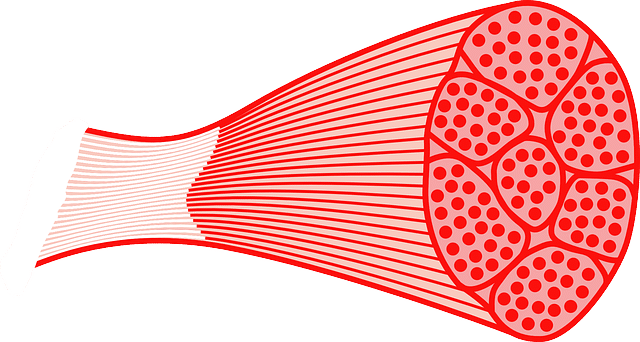While many believe muscle regeneration is controlled by the body, it can be enhanced through proper nutrition and supplementation. In recent research, scientists managed to activate the precursors of muscle cells, which contributes to aiding muscular regeneration and rebuilding damaged tissue.
Loss of muscle mass is among the many effects contributing to disability in older individuals. Salk Institute researchers are finding methods to speed up methods to accelerate the regeneration of muscle tissue, utilizing a combination of molecular compounds that are generally utilized in the stem-cell analysis.
In research published on May 25, 2021, in Nature Communications (Wang et al., 2021), the investigators confirmed that utilizing these compounds increased the regeneration of muscle cells in mice by activating the precursors of muscle cells, known as myogenic progenitors.
The analysis offers perception into the underlying mechanisms associated with muscle regeneration and growth and will help athletes and aging adults regenerate tissue more effectively.
Earlier research confirmed that lack of myogenic progenitors had been linked to age-related muscle degeneration (Beggs et al., 2004). However, in this research, Salk Institute researchers uncover particular elements that are in a position to speed up muscle regeneration and reveal the mechanism by which this occurred.
The compounds used in the research are sometimes referred to as Yamanaka factors after the Japanese scientist discovered them. Yamanaka factors are a mix of proteins (referred to as transcription factors) that control how DNA is copied for translation into different proteins.

In lab analysis, they’re used to transform specialized cells, like skin cells, into extra stem-cell-like cells that are pluripotent, suggesting they have the ability to become many various kinds of cells.
Muscle regeneration is mediated by muscle stem cells, additionally referred to as satellite cells(Lepper et al., 2011). Satellite cells are located in a distinct segment between a layer of connective tissue (basal lamina) and muscle fibers (myofibers).
In this research, the team used two completely different mouse models to pinpoint the muscle stem-cell-specific or niche-specific modifications following the addition of Yamanaka factors. In addition, they focused on younger mice to review the consequences of the elements independent of age.
Within the myofiber-specific model, they discovered that adding the Yamanaka factors accelerated muscle regeneration in mice by decreasing the levels of a protein referred to as Wnt4 in the area of interest, which activated the satellite cells.
In contrast, Yamanaka factors didn’t activate satellite cells within the satellite-cell-specific model and didn’t enhance muscle regeneration, suggesting that Wnt4 performs an essential role in muscle regeneration.
The investigators are also studying different methods to rejuvenate cells, including utilizing mRNA and genetic engineering. These methods may ultimately result in new approaches to boost tissue and organ regeneration.




















